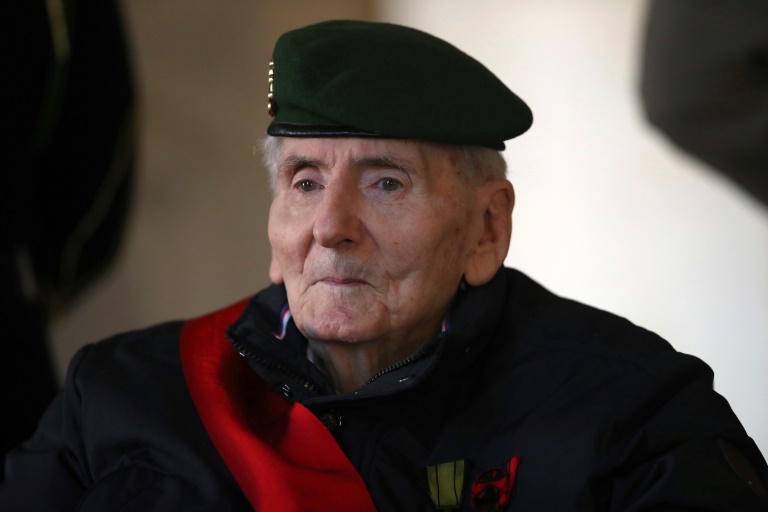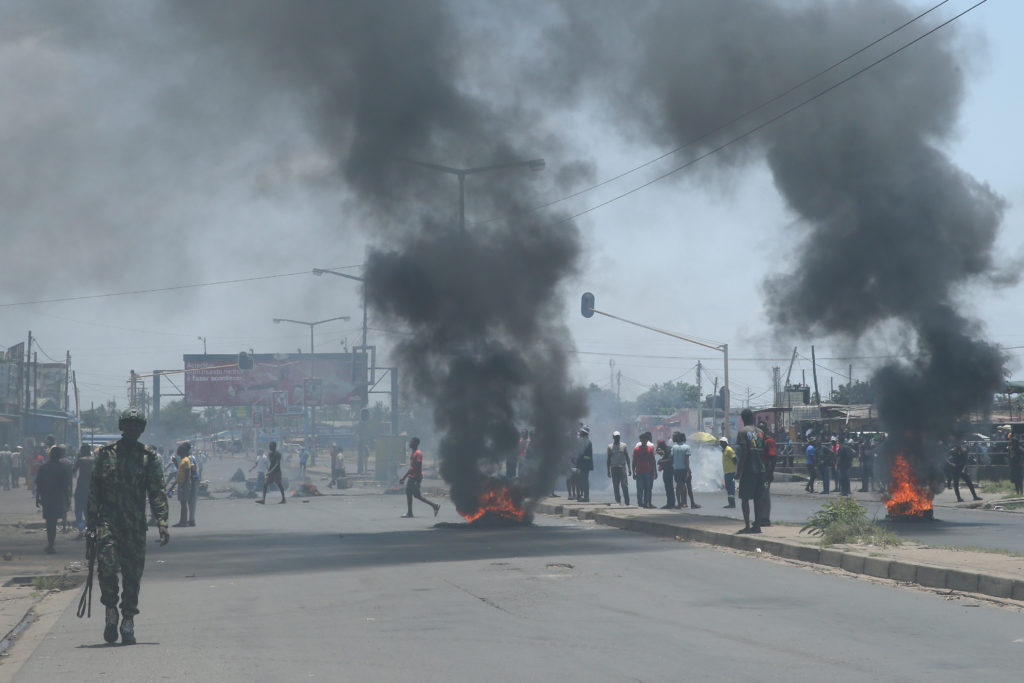At nearly 101 years old, Hubert Germain is the last of the designated Heroes of the Resistance against the Nazi occupation of Germany, handpicked and then honoured by its leader General Charles de Gaulle.
Germain is one of just 1,038 decorated with the Order of the Liberation — the highest bravery order — for their heroism by de Gaulle, who later became France’s president.
Friday, aged nearly 101, he sat in his wheelchair at a ceremony with President Emmanuel Macron to mark the moment 81 years ago when many consider the World War II resistance began — with the radio broadcast call to resist from London by the exiled de Gaulle on June 18, 1940.
– ‘Going to war’ –
Germain, the son of a general in France’s colonial army, walked out of an entrance exam at France’s Naval College shortly after France fell to the Germans in the summer of 1940.
“I am going to war,” he told the examiner, he recalled in an AFP interview in 2017.
A towering 1.90 metres tall (six foot three inches), he boarded a ship carrying Polish soldiers to England, where he arrived on June 24, 1940.
He decided to join the resistance as he was shocked by French collaborationist leader Philippe Petain’s call to lay down arms against the Germans.
He said he would never forget his first meeting with de Gaulle.
“He stopped for a second, looked at me and said, ‘I am going to need you.’ When at the age of 18-19 you get that in the face, amid a general disaster, it is something that moves you deeply.”
– ‘Cried like a baby’ –
As a member of the French Free Forces and the Foreign Legion he took part in key battles at Bir-Hakeim in Libya, El Alamein in Egypt, and in Tunisia.
He then participated in the decisive French-led assault on Mediterranean beaches in August 1944, setting foot on home soil for the first time in years.
He says he fell into the sand and “cried like a baby…I had returned to my country.”
He then fought for the liberation of the southern city of Toulon, the Rhone Valley and Lyon in central France, moving to the Vosges mountains and Alsace in the east, and ended the war in the southern Alps.
After the war he was named aide de camp for General Pierre Koenig, the commander of the French forces that occupied the vanquished Germany, before being demobilised in 1946.
He then had a stint as mayor in Saint-Cheron, a town south of Paris, between 1953 and 1965 and also as a parliamentarian for Paris in 1962, before serving as post and telecommunications minister from 1972 to 1974.
After his death, Germain will be buried at Mont Valerien, the military fortress west of Paris where more than 1,000 French resistance fighters and hostages were executed by German troops.











